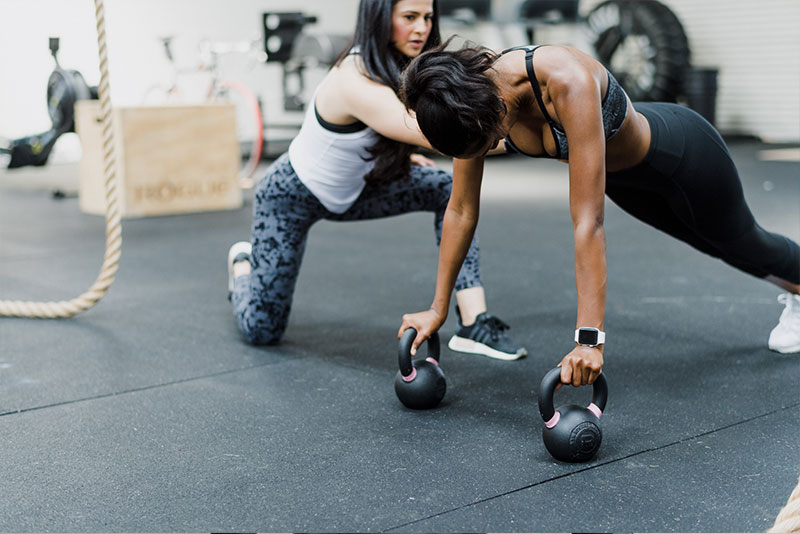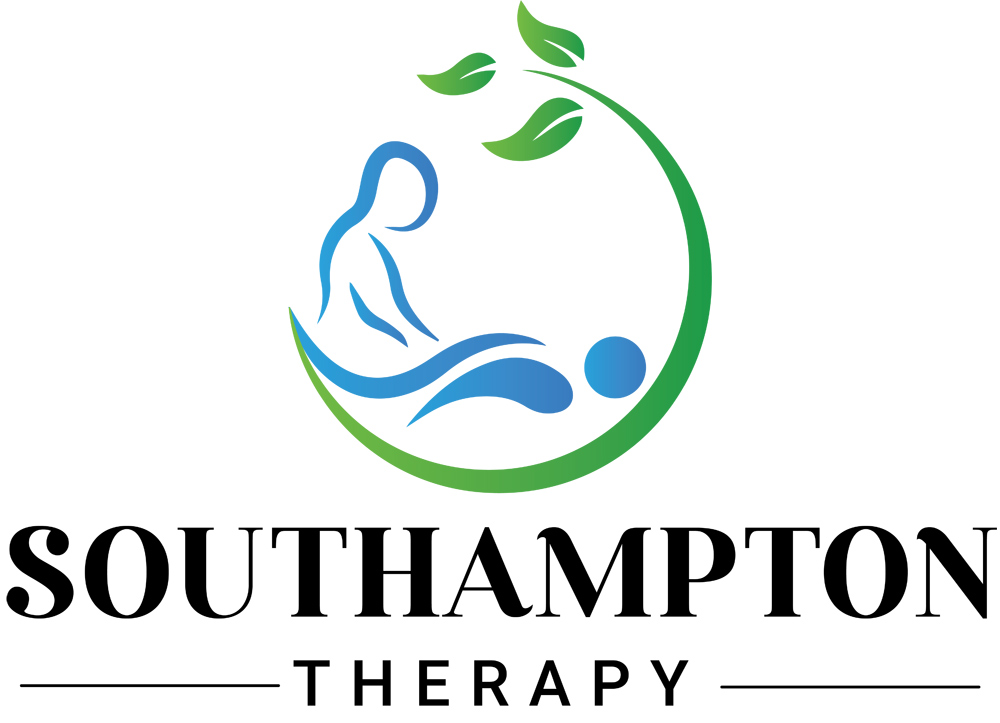Training

Massage can be an effective part of a treatment plan or training system. While the reasons people train can vary, and thus affect the details of their programs, all of them have elements in common.


Massage therapy can help in reducing muscle tension, improve an overall condition, prevent injury, and promote better disposal of metabolic waste.
For types of massage that work best in a training program, you have to consider certain needs. First, you need techniques that address the relief of tightened muscles. Stress is going to be present, which will need reducing. Finally, relaxation is also going to be important.
The massage techniques that work best for this include sports massage and remedial massage. Swedish massage excels at relieving stress. Deep tissue massage is also very good for general muscle care.
Pre-event massage therapy also helps to supplement training programs. Their best use is to prepare the body for later exercise.
During the intensive training that happens before an athletic event, the massage can be integrated into a daily routine to maximize physical performance.
Post-event massages are usually used anywhere between 30 minutes and 72 hours after the exertion. This is essential, giving the muscles time to relieve tension on their own.
Techniques are aimed towards improving circulation of the blood, as well as stimulating lymph flow to remove metabolic waste. Massage can also calm the muscles down, working them away from the active and high-stress state they were in during the event.
Massage can assist training athletes in many ways, with an aim towards maximizing performance and helping better muscle fitness.

